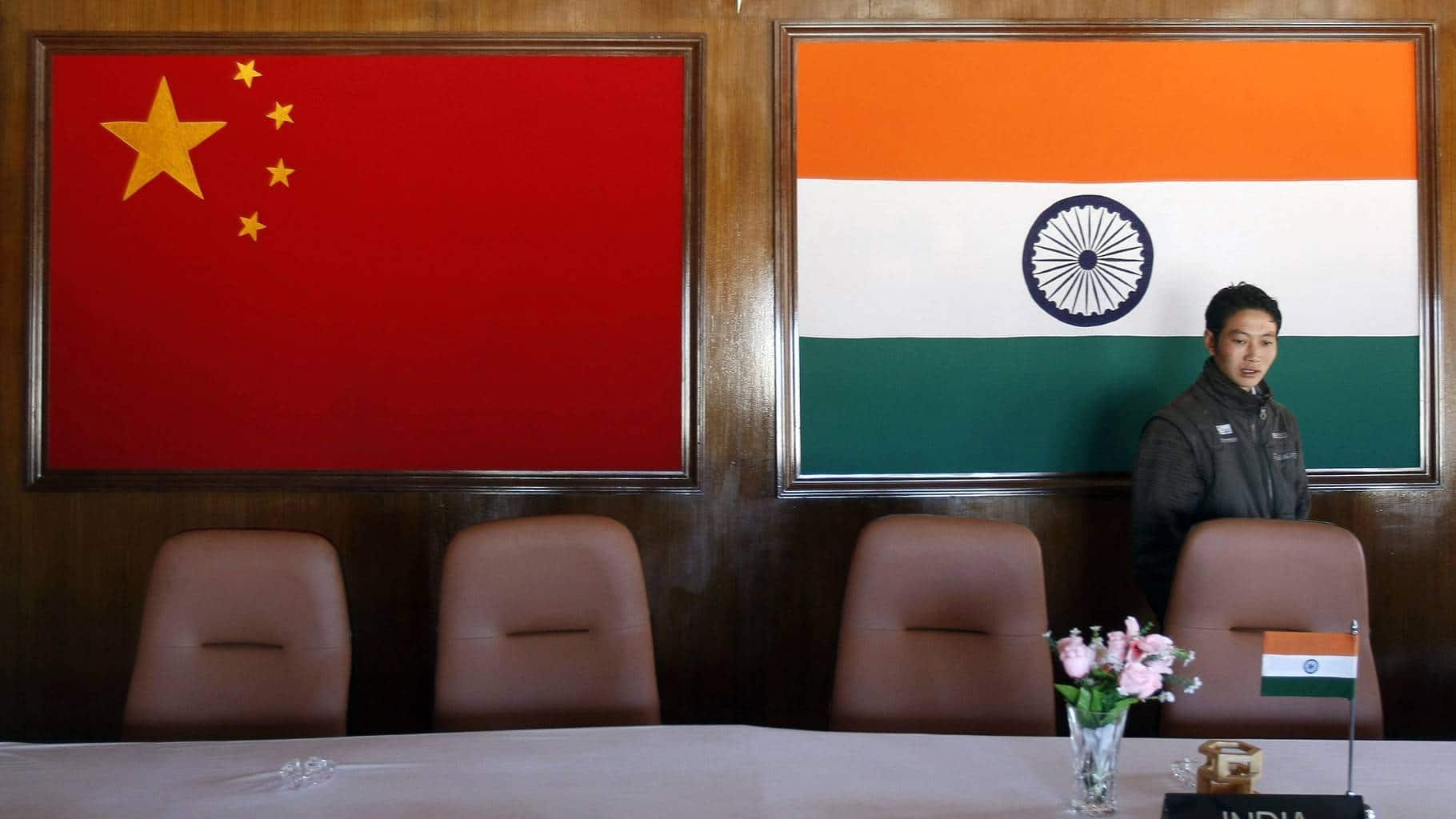History of India-China border standoff

It is an old news that India-China are currently engaged in a face-off at an area close to Sikkim—the tri-junction between India, Bhutan and China. But it is not just from today that India and China are having strained relationships.
The origin History of India-China border standoff
India-China’s cultural and economic relations go back to ancient times. The Silk Road was the major trade route . It is also credited for spread of Buddhism from India to East Asia. China’s growing opium trade with the British Raj was the reason. During World War II, India-China both played a crucial role for Japan.
Perception
- Threat to its rule of Tibet became one of the most prominent reasons for the Sino-Indian War.Various conflicts and military incidents between India and China happened.
- On July 10, 1962, around 350 Chinese troops surrounded an Indian post at Chushul in Jammu and Kashmir.
The effects
- On October 20, 1962, China’s People’s Liberation Army invaded India in Ladakh, and across the McMahon Line in the then North-East Frontier Agency.
- Till the start of the war, the Indian side was confident that war would not be started and made little preparations. India remained ignorant and hence, under prepared.
- The Chinese also cut Indian telephone lines. It was done for preventing the defenders from making contact with their headquarters
Consequences
- Chinese lighted a bush which caused a lot of confusion among the Indians. Some 400 Chinese troops attacked the Indian position.
- The war achieved China’s objectives of securing borders .
- Aksai Chin is the disputed border area between India-China

Aksai Chin
The Border stand-off
- India is concerned that if the road is completed, it will give China access to India’s “chicken’s neck”, or Siliguri Corridor. It a 20 km (12-mile) wide corridor that links the seven north-eastern states to the India.
- Indian military protested and stopped the road-building group.
- Indian border guards obstructed “normal activities” on the Chinese side.

Importance of the Siliguri Corridor
- A corridor connects West Bengal and the rest of India to the North East, It is also the hub of railway network .
- Here is a more important point. India-China have always been at off ends with each other over the. troops from both sides engage in numerous incursions and face-offs every year.

Siliguri Corridor
Strains due to opening of India’s Largest Bridge on China border
India has inaugurated a 9.15km (5.68-mile) bridge over the Lohit River.
China claims Arunachal Pradesh as its own, and refers to it as “southern Tibet”.
Beijing objected to India’s decision to allow leader Dalai Lama to visit the state.
But India has defended its right to do so.
The current situation
- China has made it clear that there is no room for negotiations on this incident.India must withdraw. For China, border line is the bottom line.
- This is the first time that China has clearly articulated.Through one of its primary official channels – that there is no room for parleys to resolve.
- Both India-China have rushed more troops to the border region.
- So, Bhutan,meanwhile, has asked China to stop building the road.
India’s take on the standoff
- Sikkim is the only area through which India could make an offensive response. The only stretch of the Himalayan frontier where Indian troops have a terrain and tactical advantage.
- We are seeing escalations at the Line of Control with both the sides engaging in cross border firing. India, for this reason it has established back channel communication with China to amicably settle the dispute.
Perception
- China has reiterated its sovereignty over.
- The border in Sikkim had been settled in an 1890 agreement
- India was accused of undermining Bhutan’s role by interfering in the road project.
- Also, The Chinese have invested in border infrastructure much more efficiently than India. The border management continues to suffer from serious deficiencies.
Bhutan’s role
- Bhutan and China do not have formal relations .they maintain contact through their missions in New Delhi.
- Ongoing China-India stand-off is because of Bhutan.
- Bhutan asking India to take the responsibility to patrolling on the border. It indicates that India is protecting Bhutan.
- China was building a road in an area disputed with Bhutan .India would have been watching closely because of its strategic importance.
What does the future hold?
- So, The region saw clashes between India-China in 1967.The latest development appears to be one of the most serious escalations in recent years.
- Dalai Lama resides in India has also been a sticking point between the two countries.
- China’s furious protests against the Dalai Lama’s visit to Arunachal Pradesh.
What to expect?
- Relations between India-China, may not slide further as China has allowed 56 Hindu pilgrims. They entered through the Indian state of Himachal Pradesh.
- Hence, The Chinese are not raising tensions on the whole border. Specifically on the Sikkim-Bhutan stretch. Hence, we cannot really comment on what can happen in future.We can just wait and watch.




